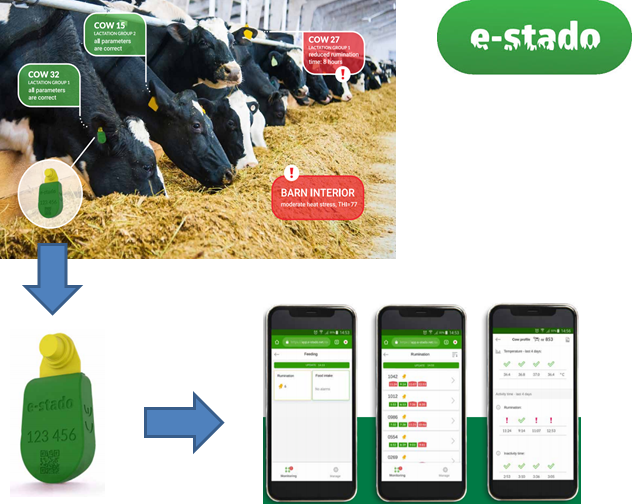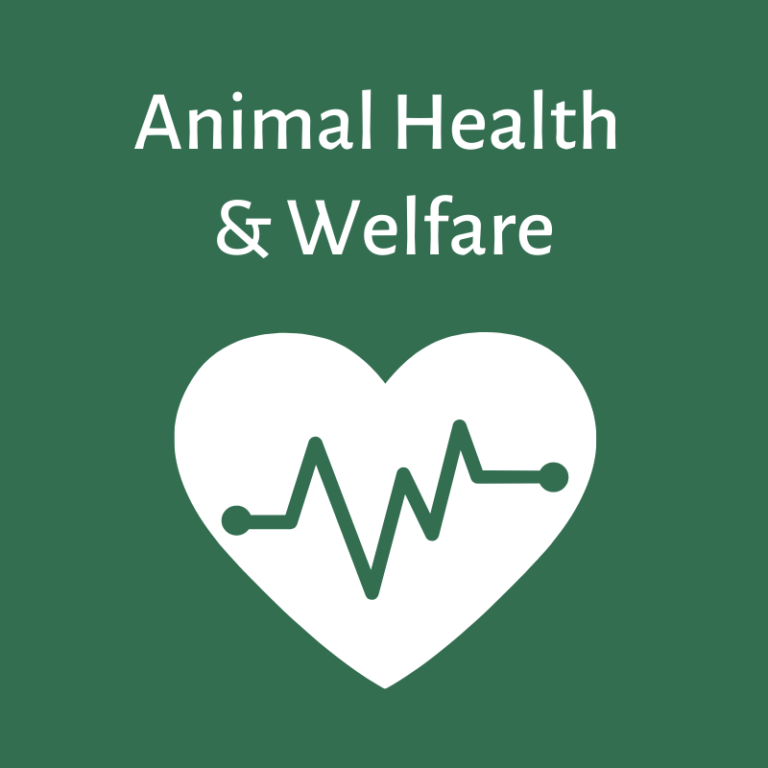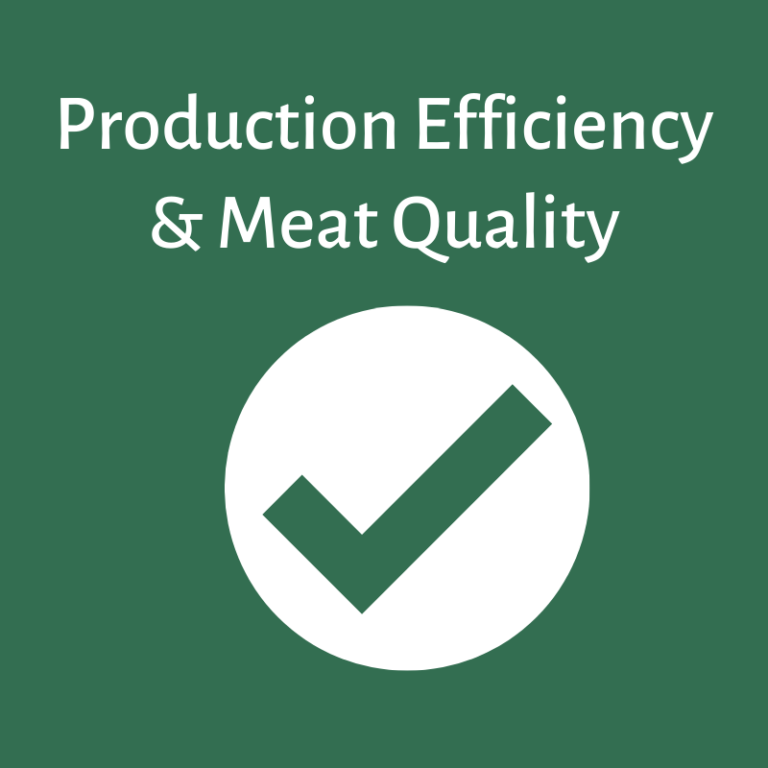
https://ec.europa.eu/eip/agriculture/en/find-connect/projects/bovine-beef-innovation-network-europe
With the discovery and diffusion of the Internet of Things, many aspects of our lives are being connected with objects, which is leading to the concept and development of smart cities, smart industry, smart transportation, and even smart health. Another application scenario is rural areas: by linking information related to farm parameters and individual animals, such as time of feeding and rumination, body temperature, or activity, good herd management can be greatly facilitated. Sensors are connected to the internet and data is stored on cloud servers, becoming accessible from various devices and applications. Smart farming is starting to become a reality to facilitate farmers’ work and to respond to the increasing demand for food safety.
One example was developed through the cooperation of the Warsaw University of Life Sciences (Poland) and the company e-stado. The technology was developed for dairy cattle, though it can be adapted to beef cattle. The e-stado® systems monitor cows 24 hours a day and help in the detection of heat, monitor health and nutritional, and provide alerts for calving.

The system works with algorithms, using information gathered from two sensors attached to the animal (ear and tail biosensors) and sensors installed in the barn or grazing area. The farmer receives data on each cow and relevant alarms in a friendly manner. The tail biosensor, with an accelerometer, is attached 30 cm from the base of the tail and determines the time to calving and retention pre- and postpartum. The ear biosensor system has an electronic identification device (RFID) and continuously measures body temperature, activity, and light intensity, which allows the detection of 1) heat and the proper moment for insemination, 2) the time spent on rumination and feeding, which helps in nutritional management as it can indicate a problem with feed quality or nutritional errors, and 3) health issues, which can be detected if inactivity or body temperature deviate from normal values, sending an alert to the farmer. Furthermore, temperature and humidity are assessed with the environment sensor, detecting heat stress risks. The video linked to below shows how the devices are installed on a farm and how the biosensors are attached to the animals.
With the information acquired by the system, the producer will be supported in making the right decisions that will increase productivity and improve animal health and welfare. In addition, smart farming can save time, worries, and money and can generate more profit and more efficient management. More uses of the technology are under development, such as the detection of lameness. In future, this type of technology could be applied to beef farms if it proves to be cost-effective.
Impact on:
 | Can help reduce the costs of production |
 | Early identification of diseases, thus reduction of illness and/or fatality; animal comfort and individual integrity; longevity of the animals; consumer orientation towards animal welfare |
 | Increased production efficiency; reduced labour hours per animal |
 | The increase in productivity and efficiency leads to a reduced carbon footprint |
Source of information:
- Information provided by Marcin Golebiewski, Department of Animal Breeding, Warsaw University of Life Sciences (Poland)
- Website of the company: https://e-stado.com/